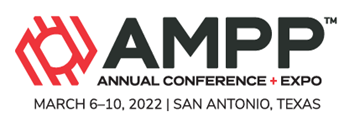Search
An Innovative Thermoplastic Coating For CUI Applications
Also Purchased
Aesthetic Issues With Spray-Applied Fluoropolymer Coating System
Product Number:
51322-17971-SG
Publication Date:
2022
$20.00
(Pipeline, Oil & Gas) A Hot Spread Epoxy Phenolic Coating for CUI Mitigation: From Confusion to Fusi
Product Number:
30-COAT_DEC21
Publication Date:
2021
$20.00
Arc Sprayed Zinc Metalizing For Cathodic Protection Of Reinforced Concrete Structures
Product Number:
51322-17571-SG
Publication Date:
2022
$20.00
Recently viewed




